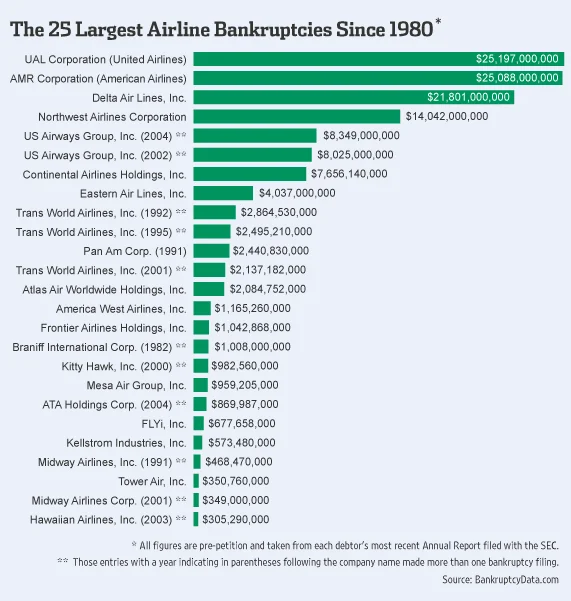Verijet’s final descent was not a sudden, tragic fall from grace. It was a textbook case of gravitational inevitability. When the private charter operator filed for Chapter 7 bankruptcy in October 2025, effectively liquidating its existence, the headlines focused on the recent, tragic death of its founder, Richard Kane. But the data suggests the aircraft was already in an unrecoverable stall long before its pilot was gone.
The company, launched in the strange, distorted market of 2020, had a compelling narrative. It promised to "democratize" private air travel using a fleet of efficient, single-engine Cirrus Vision Jets. The business model was built on selling "jet cards"—prepaid blocks of flight hours. For a minimum of $4,500 an hour, you could skip the commercial terminal and fly like the elite. And for a while, it worked. The company expanded from a Florida base to the Northeast, California, and the Caribbean, climbing the ranks to become the 13th-largest private jet operator in the U.S.
On paper, this is the story of a disruptive startup. In reality, it was the story of a balance sheet at war with itself.
The Gravity of Debt
Verijet’s core problem wasn't its planes or its routes; it was its definition of money. The company’s meteoric growth was fueled by customer prepayments. These jet card funds, which totaled a staggering sum, weren't treated as a sacred trust or a liability to be carefully managed. They were treated as working capital. The company was essentially using customer deposits to fund its own rapid, capital-intensive expansion.
This is less of a business model and more of a high-wire act performed without a net. It only works as long as new money keeps coming in to service the obligations to earlier customers. When I look at the bankruptcy filing, the numbers are stark. The company listed assets between $1 million and $10 million against liabilities of $10 million to $50 million (reports like Verijet Files for Bankruptcy pin the liabilities at a more precise $38.7 million).
The most damning figure of all? The company owes millions—$10.5 million, to be exact—to 81 of its own jet card customers. These people weren't investors; they were clients who paid for a service they will never receive. Some were owed balances exceeding $450,000. Imagine the silence on the other end of the line when they tried to book a flight, only to find the company’s listed phone number was no longer operational. That silence is the sound of a financial model collapsing.

I've analyzed hundreds of corporate filings, and this particular liability structure is unusually aggressive. It’s one thing to have debt; it’s another thing entirely for your primary source of operating cash to be the money your customers have already paid you for future services. That isn't revenue. It's a float, and a dangerous one at that.
Ignoring the Stall Warning
The warning signs were there for anyone willing to look past the sleek marketing. In 2023, Verijet was on the verge of a major SPAC merger with New Vista Capital, a firm led by former Boeing CEO Dennis Muilenburg. A deal of that magnitude would have taken Verijet public and injected it with serious capital. Then, abruptly, New Vista opted to liquidate the SPAC rather than proceed.
Why would a team led by a veteran of the aerospace industry walk away from such a seemingly promising deal? We don't have the internal memos, but the answer is almost certainly found in the due diligence. A close look at Verijet’s books would have revealed that the company wasn't a high-growth airline; it was a cash-burning machine using customer deposits as fuel. The risk profile was unpalatable.
Around the same time, the lawsuits began. Customers started suing Verijet for canceled and delayed flights, claiming the company couldn't honor the hours they had already purchased. Verijet’s defense was that its jet cards didn’t guarantee availability—a contractual detail that may be legally sound but is commercially poisonous. You cannot sell access and then claim access isn't guaranteed.
Richard Kane’s sudden passing in September 2025 was a tragedy, but it was the catalyst for the collapse, not the cause. With the charismatic founder gone, the confidence game that kept the cash flowing simply stopped. The court documents showing empty bank accounts and a fleet that had dwindled from 20 planes to just three—none of which had flown in a month—confirm the inevitable. The engines had been off for a while; the company was just gliding on the fumes of its own hype.
A Liability Disguised as an Airline
Ultimately, Verijet's story isn't about aviation. It’s a cautionary tale about financial engineering. The company’s core product wasn't flights; it was the jet card. It sold a dream of accessible luxury, but it was funded by a liability that was growing faster than its ability to service it. Verijet didn't fail because the market for private travel disappeared or because its planes were faulty. It failed because it was built on a fundamentally unsustainable financial premise. It wasn't an airline that went bankrupt; it was a balance sheet that was never airworthy to begin with.
